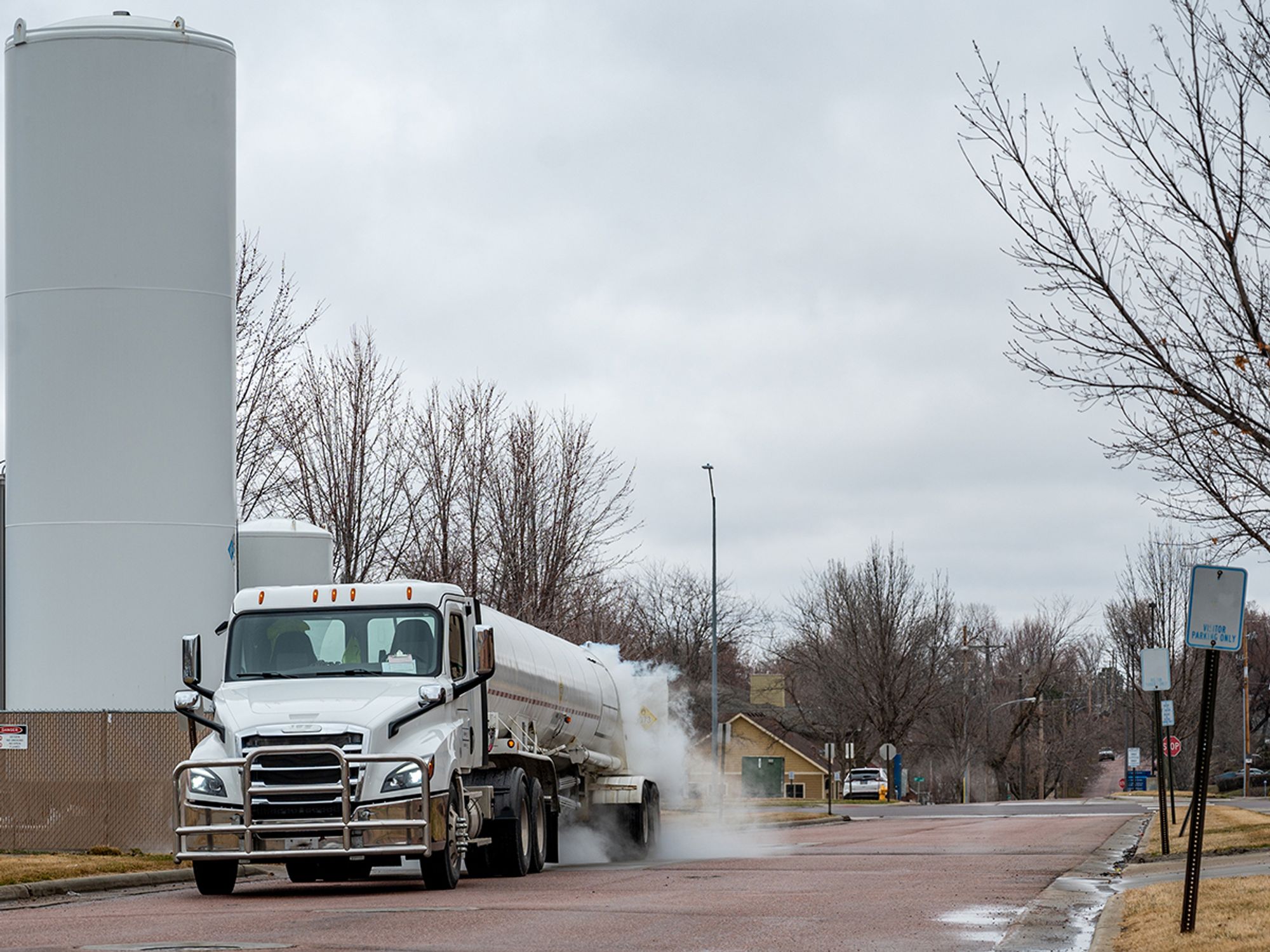Accidental release reporting requirements

- The Transportation of Dangerous Goods (TDG) regulations define accidental release as an unplanned or accidental discharge, emission, explosion, outgassing, or other escape of dangerous goods, or any component or compound evolving from dangerous goods; or emission of ionizing radiation that exceeds a level established under the “Nuclear Safety and Control Act.”
- A permit for equivalent level of safety is an authorization issued under section 31 of the TDG Act to conduct an activity in compliance with the conditions of that authorization instead of with the requirements of the TDG Clear Language Regulations.
- The persons designated to issue a permit for equivalent level of safety are those people in the Transport Dangerous Goods Directorate, Transport Canada, who hold the position of Director General; Director, Regulatory Affairs Branch; or Chief, Permits and Approvals Division.
The Transportation of Dangerous Goods (TDG) regulations define accidental release as an unplanned or accidental discharge, emission, explosion, outgassing, or other escape of dangerous goods, or any component or compound evolving from dangerous goods; or emission of ionizing radiation that exceeds a level established under the “Nuclear Safety and Control Act.”
The TDG regulations mirror requirements that 49 CFR has for releases (incidents) in 171.15 and 171.16 of the Hazardous Materials Regulations (HMR).
Part 8.1 of the TDG Regulations focuses on immediate reporting requirements; 8.2 specifies what information must be included in an immediate report; and 8.3 details what must be included in the 30-day follow-up report.
Part 8.1 not only includes quantities of releases and emissions that qualify for immediate reporting, but also lists provincial authorities to be contacted when a reportable release occurs.
Permits for equivalent level of safety
A permit for equivalent level of safety is an authorization issued under section 31 of the TDG Act to conduct an activity in compliance with the conditions of that authorization instead of with the requirements of the TDG Clear Language Regulations. There is no obligation for anyone to apply for a permit for equivalent level of safety to handle, offer for transport, or transport dangerous goods. However, if a person wants to conduct an activity in a way that is not consistent with the Act or the Regulations, the person must apply for a permit for equivalent level of safety to do so under section 31 of the Act.
Under subsection 31(1) of the Act, the Minister or a designated person may issue a permit for equivalent level of safety if the Minister or designated person is satisfied that the activity authorized by the permit will be conducted in a manner that will provide a level of safety at least equivalent to that provided by compliance with the Act and the Regulations.
The persons designated to issue a permit for equivalent level of safety are those people in the Transport Dangerous Goods Directorate, Transport Canada, who hold the following positions:
Director General
Director, Regulatory Affairs Branch
Chief, Permits and Approvals Division
Additional information and requirements are available at Part XIV Permit for Equivalent Level of Safety of the Regulations.
